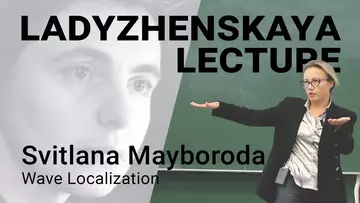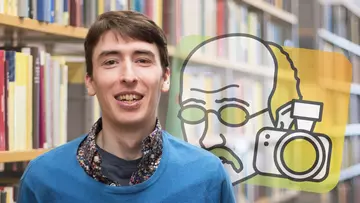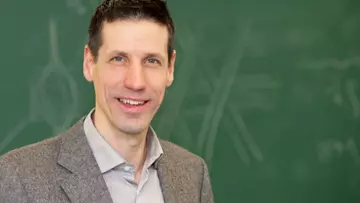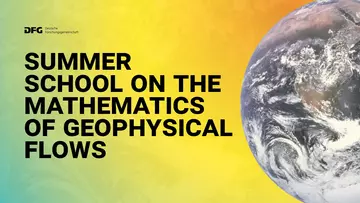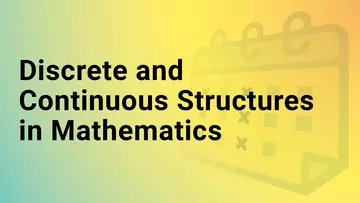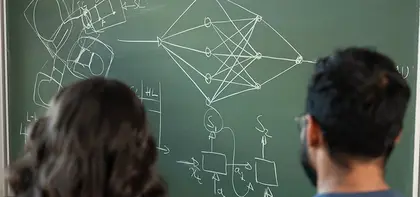
Research
Our work impacts long-held beliefs on so-called weak solutions to the fundamental equations of continuum mechanics, like Euler’s equation for incompressible or compressible fluids. Previously, the notion of weak solutions was seen as a convenient relaxation of classical solutions, closer to the physical conservation laws of mass and momentum. Our work established that weak solutions are under-determined to a dramatic degree: Any closure model for the Reynold’s stress can be approximated by exact weak solutions to Euler’s equation.
We applied this theory to underpin Onsager’s vision that the relevant dissipative – and thus weak – solutions of Euler’s equation have a very specific roughness, namely a third of a spatial derivative. We proved that there is indeed an abundance of strictly dissipative solutions to Euler’s equation of this borderline behavior. We did so through an ingenious multi-scale construction based on an elementary flow pattern. On the other hand, we drew an analogy to an isometric embedding problem from classical differential geometry with its transition from rigidity (Herglotz) to floppiness (Nash). In fact, as opposed to fluid dynamics, the critical exponent in this paper crumpling problem is unknown, and we provide promising contributions to narrowing down the range.
We have validated this approach in diverse applications like the microstructure generated by the density-driven instability in a two-phase porous medium flow, or the microstructure emerging from a vortex sheet. Recently, we have ventured into magneto-hydrodynamics with its conservation of magnetic helicity alongside the dissipation of energy. Our research can be seen as a multi-pronged contribution to a rational mechanics of oscillations and evolving microstructure (Tartar).

